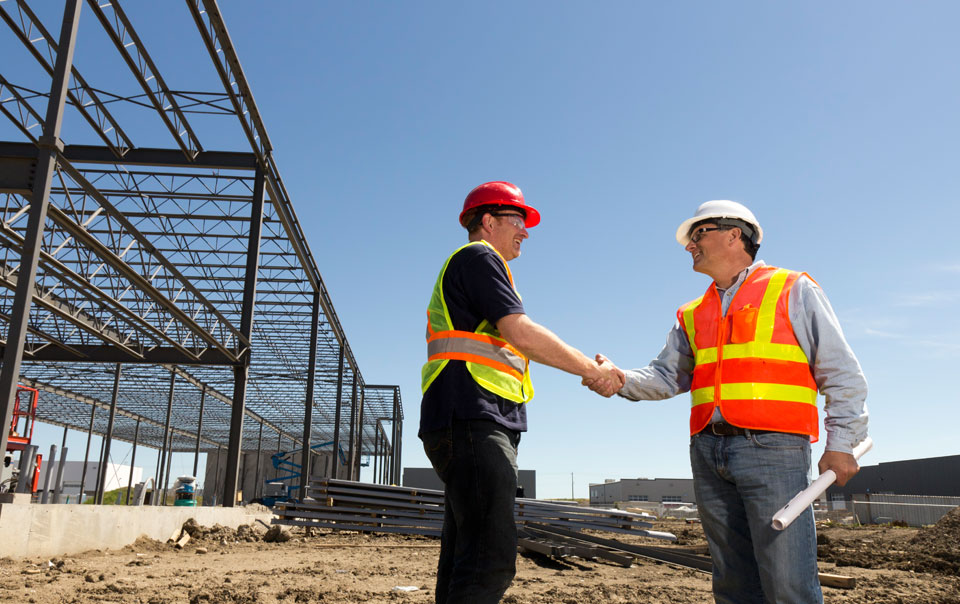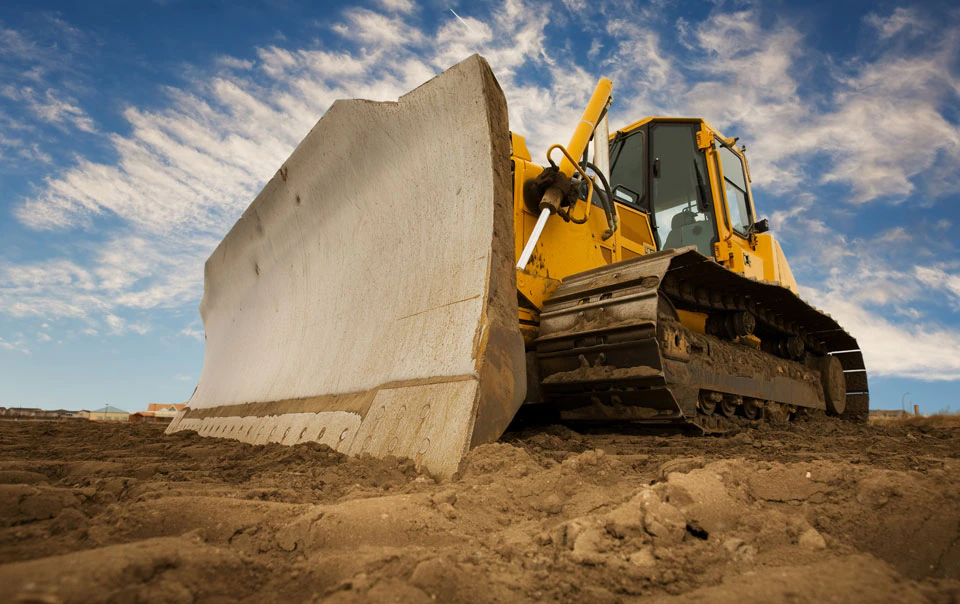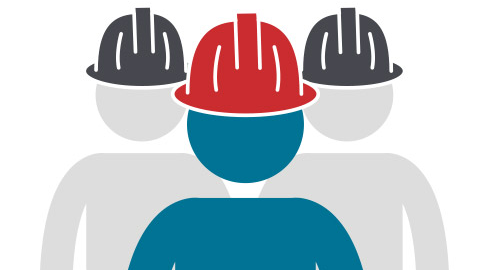Finding an Effective Construction Subcontractor


Many contractors rely on subcontractors, vendors and other third parties to support their projects. While they are critical in helping you complete your project, they also can impact your operational and financial risks. Regulatory agencies and courts commonly consider general contractors, construction managers and owners responsible for the actions of those with whom they subcontract.
Without a proper contractor/subcontractor selection and control process, quality control program and written contractual risk transfer (CRT) program, your company could be responsible for the services and products of others on your project should an injury, property damage or construction defect occur.
One strategy for helping control your loss experience and liability on a project is having an effective subcontractor prequalification and selection process.
Prequalification phase
No contractor wants to hire a subcontractor who cannot do the job safely or render a quality outcome. Prequalifying the safety and quality programs and experience of contractors is a wise investment and tells them you are serious about both safety and quality.
Prequalification safety and quality considerations can include:
- Interviews with the senior leadership.
- Review of OSHA citations, loss history and incident rate.
- Work history and experience; references and web reviews; review of credentials and licenses.
- Bonding issues.
- Programs, such as substance abuse, confined space, trenching, heavy equipment, fall protection and fleet programs.
- Training programs.
- Quality control program.
- Certificates of insurance (COI) and other risk transfer collateral.
Other subcontractor safety program elements can include the following to further help assess safety commitment.
- The subcontractor’s job site preplanning process (job site safety analysis program).
- A dedicated safety director or supervisor, either part time or full time.
- Foreman, supervisor and worker safety training programs.
- Competent persons where required.
- Job site safety inspections.
- Safety orientation program for new hires and projects.
- Safety accountability and incentive program.
Bid phase
In the bid phase, clearly spell out safety requirements for the project. Stating “All contractors will abide by all applicable state and federal safety regulations” may not be enough.
Bid considerations can include:
- Contractor requirements for a site-specific safety plan with unusual operations identified along with controls for same.
- Safety staffing and competent-person requirements.
- Permits and safety-related certifications that may be required.
- Safety training and orientation.
- Recordkeeping and safety performance reporting.
- Safety inspections.
-
“Toolbox talks” and other safety meeting expectations.
Bid evaluation phase
Bids should be evaluated carefully and objectively. If your bid specifications are well written, bidders should understand the safety requirements for your project. Have an experienced and knowledgeable safety person review any site-specific and hazard-specific safety plans submitted with the bid. Also, get clarification if needed on any aspect of the contractor’s proposed safety plan.
These steps taken early can help minimize potential conflict or inadequate safety planning when that phase of the project is reached.
Contract award phase
It is good business practice to award contracts to those with a high regard for safety and loss prevention. Communicate to the contractor that an important point in awarding the contract was your evaluation of their safety management process. This communication helps reinforce the subcontractors’ commitment to protecting their employees, others on the job site and the general public.
Once a subcontractor has qualified and is selected, make sure written contracts, including insurance certificates and endorsements, are in place before the project gets underway. Hold a project orientation session and reiterate their ongoing commitment to safety and quality priorities from the first day of the job. Communicate expectations and performance monitoring frequently throughout the project to keep subcontractors engaged in their commitment to safety.



